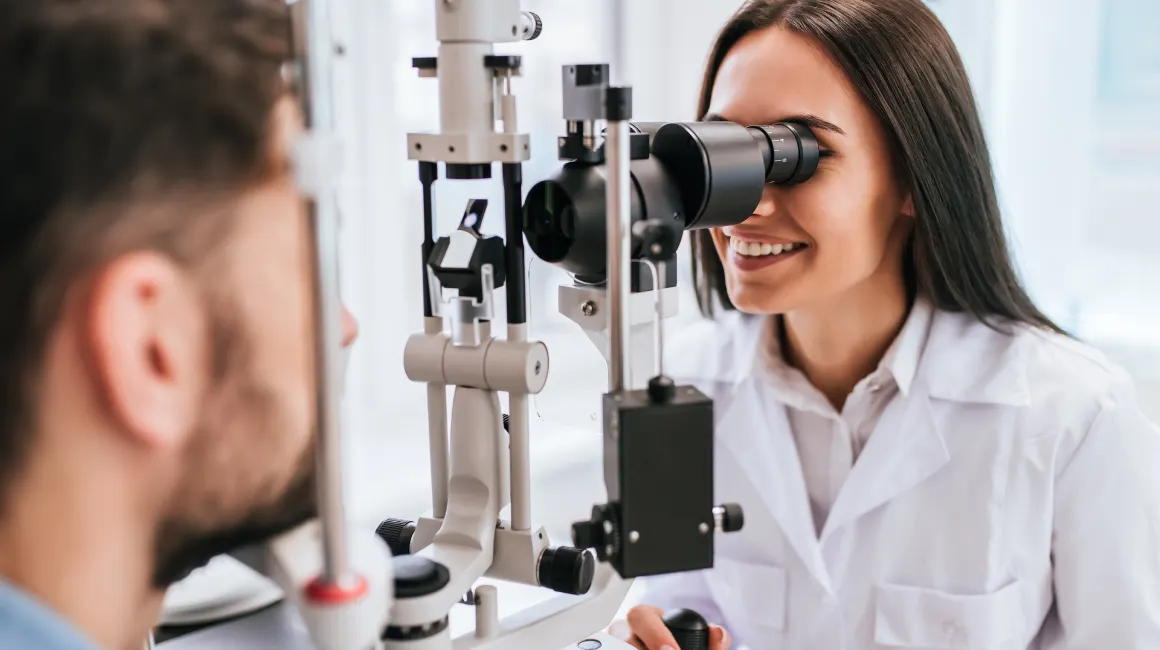
Pupil function exam

Pupil function exam
A pupil function exam, also known as a pupillary assessment, is a diagnostic test used to evaluate the pupil’s size, shape, and reactivity to light. The test helps to:
- Assess the autonomic nervous system (sympathetic and parasympathetic)
- Diagnose neurological conditions affecting the pupil, such as:
– Adie syndrome (tonic pupil)
– Horner’s syndrome (small pupil)
– Argyl Robertson pupil (small, irregular pupil) - Monitor pupillary changes in patients with head injuries or brain disorders
- Evaluate the effectiveness of certain medications
The exam involves:
- Observing the pupil’s size and shape in different lighting conditions
- Shining a light into the eye to assess pupillary constriction (response to light)
- Using a pupillometer to measure pupil size and reactivity
A pupil function exam is typically performed by an eye care professional (optometrist or ophthalmologist) or a neurologist. Abnormal pupillary responses can indicate various neurological conditions, and early detection is crucial for appropriate treatment.
Note: While a pupil function exam is not directly related to dentistry, it is an important diagnostic tool for neurological and eye health, and dentists often work closely with eye care professionals and neurologists to ensure overall patient well-being.


